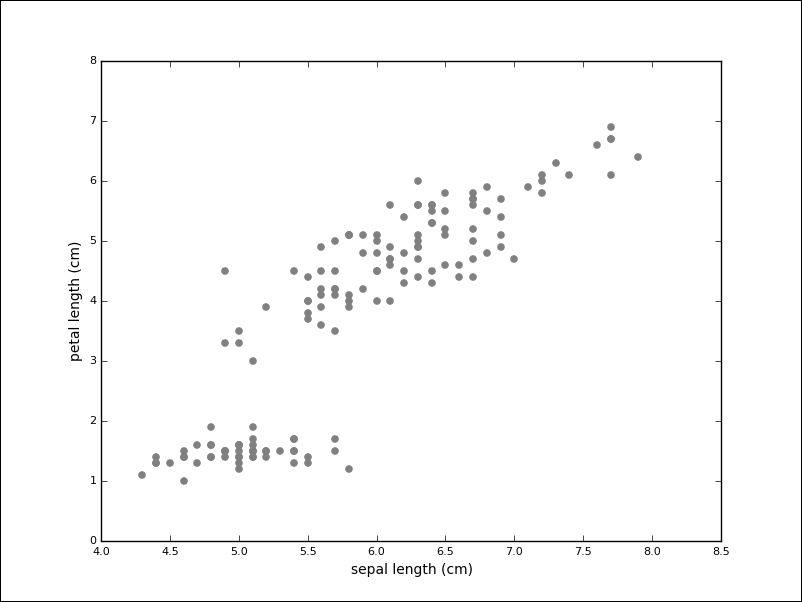
Unsupervised learning is a type of machine learning that involves training an algorithm on unlabeled data. In this article, we will explore two common techniques used in unsupervised learning: clustering and dimensionality reduction.
Clustering
Clustering is a technique used in unsupervised learning to group similar data points together. In clustering, the algorithm is trained on unlabeled data and identifies patterns in the data that can be used to group similar data points together. The goal of clustering is to identify natural groupings in the data that can be used for further analysis or decision-making.
For example, if we had a dataset of customer purchasing behavior, we could use clustering to group customers into different segments based on their purchasing habits. This information could be used to tailor marketing campaigns for each segment and improve customer engagement.
Dimensionality Reduction
Dimensionality reduction is a technique used in unsupervised learning to reduce the number of input variables in a dataset. In dimensionality reduction, the algorithm is trained on unlabeled data and identifies patterns in the data that can be used to reduce the number of input variables without losing important information. The goal of dimensionality reduction is to simplify the data and make it easier to analyze or visualize.
For example, if we had a dataset with 100 input variables, we could use dimensionality reduction to identify the most important variables and reduce the number of inputs to 10. This would make the dataset easier to analyze and visualize, while still retaining the most important information.
Unsupervised learning is a powerful technique for identifying patterns in unlabeled data. Clustering and dimensionality reduction are two common techniques used in unsupervised learning that can be used to group similar data points together and reduce the number of input variables in a dataset. By understanding the basics of unsupervised learning and these techniques, we can begin to explore the wide range of applications where they can be used to improve decision-making and gain insights from data.